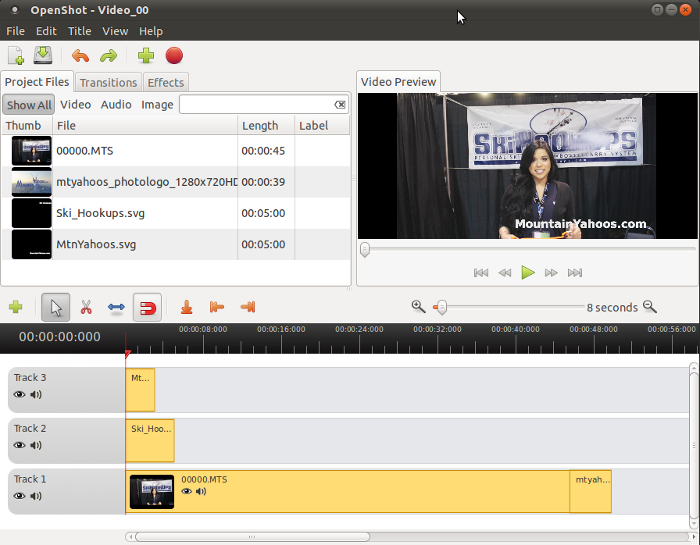
I explain this arcane (and yet not so arcane) technology to you because it directly relates to the concept of offline editing in the digital (and Digital Intermediate) world. So what do you do? You do a matchback-you take the edge numbers of the work print and record the order in which you have spliced them together, and then print yet a new copy of the movie in the proper order, from the original, un-touched and pristine, negative. The problem is, once the edit is done, it's been handled and spliced up and taped together it's nowhere near theatrical quality. The point is that the editor works on a work print and never touches the negative.


If the work print gets too scratched or is cut up too much to be useful, another copy can be made from the original. The negative is taken to a vault and stored safely away, and the movie editor receives a work print.įor months, the movie editor re-creates the story told by the script with the working-copy of the footage. This copy is called a work print (actually, there are several stages of copies, here, but I'm keeping it simple to better illustrate a point). To ensure a negative's safety, it's promptly developed after being shot, and then immediately copied to another reel of film. For those reasons, the negatives of a movie are protected at any cost. Should anything happen to your film negative, then entire days or weeks of filmmaking would be lost (and, depending on what you filmed, the footage might literally be irreplaceable), which generally means that a lot of money is lost, too. The celluloid film that you put into your camera and shoot is called your negative-it is your original, master copy. Before digital cameras took over, though, and in some pockets of the film-making community today, celluloid film was used.

Most films today are either all or mostly digital, both in the way they are shot and edited. How was this possible?īefore answering that, a brief and simplified technical lesson:

Welcome to the communityīack in the old days of computer-based film editing, computers were, famously, less powerful than the mobile phone in your pocket, and yet people were able to edit higher-than-HD-resolution film for international film releases.


 0 kommentar(er)
0 kommentar(er)
